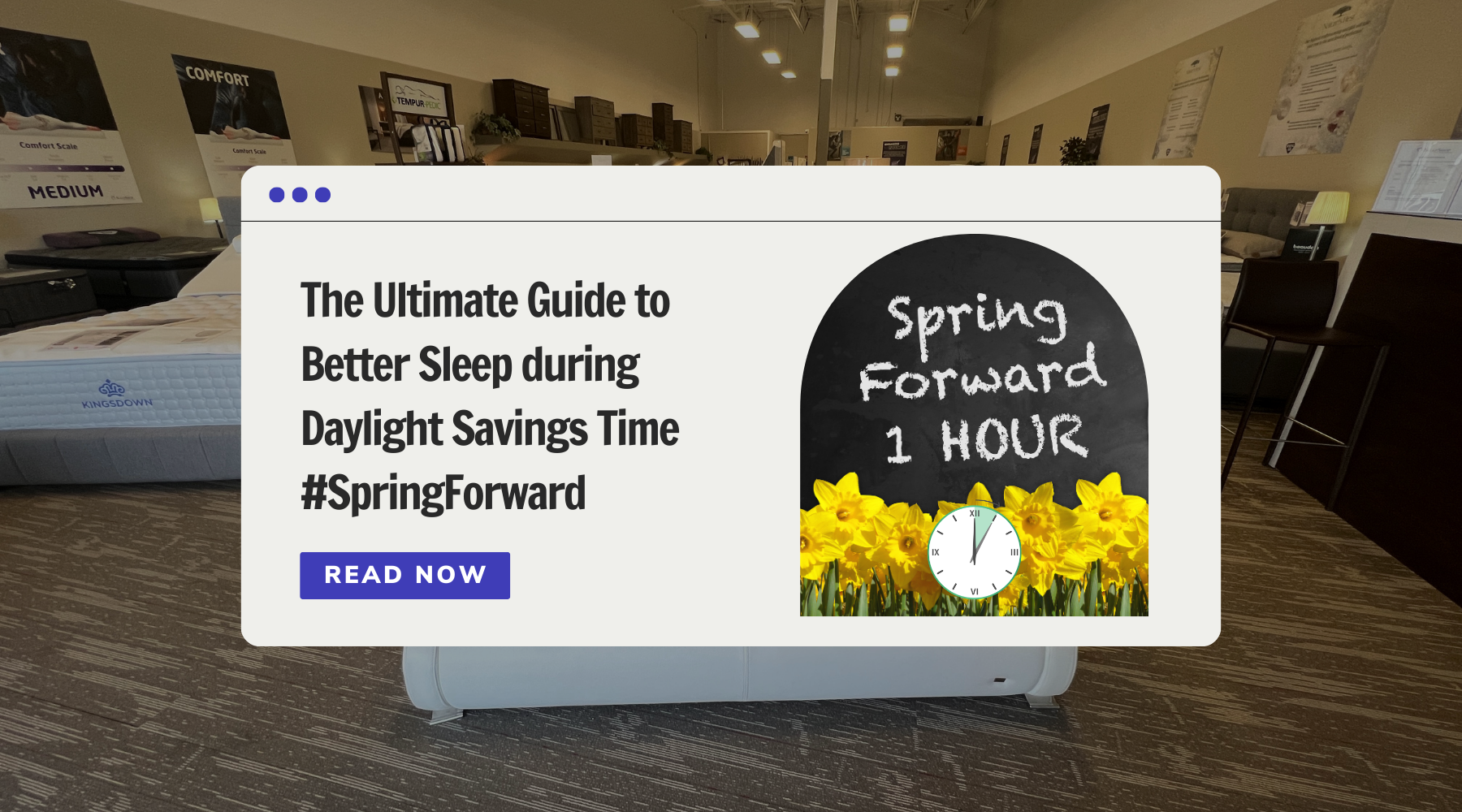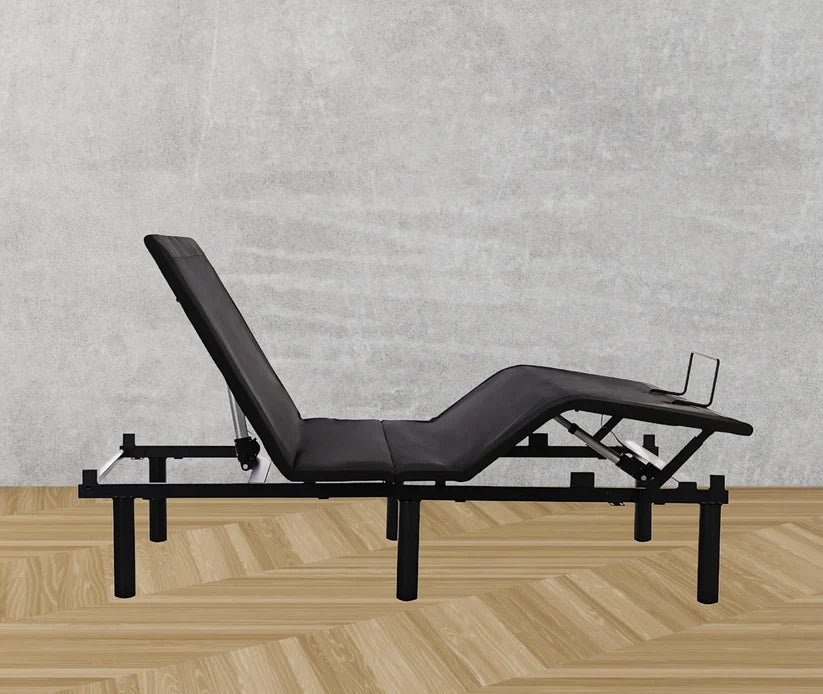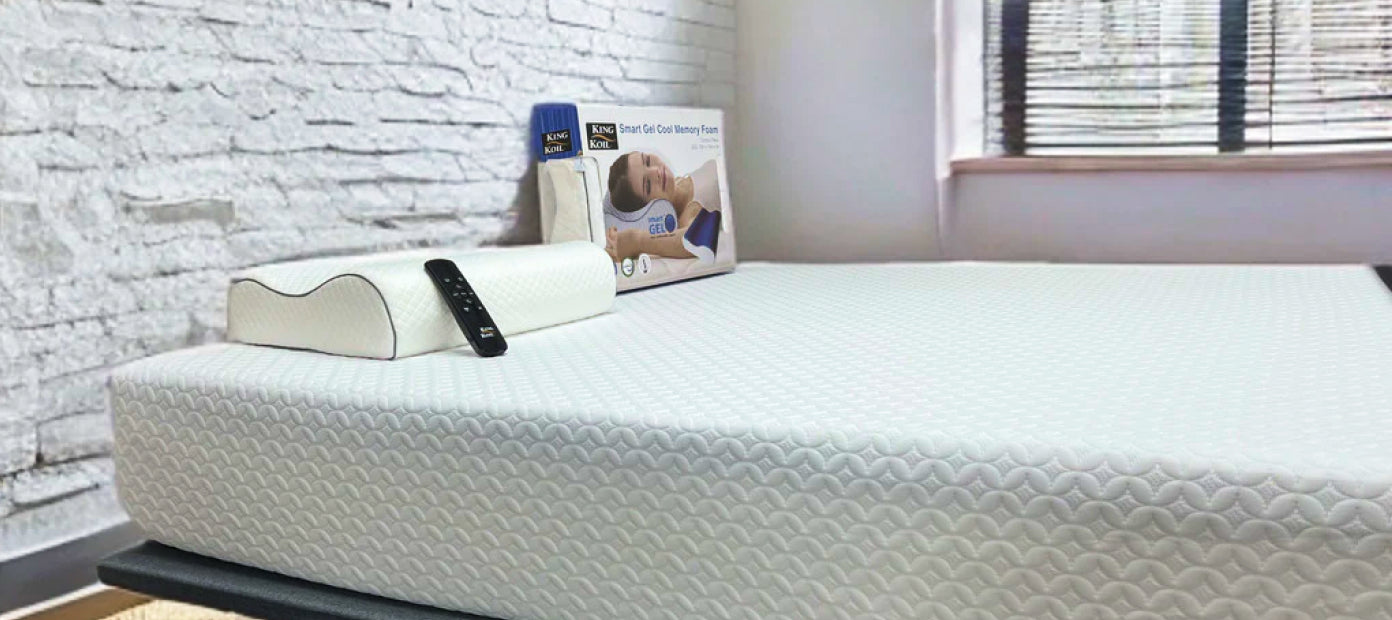As we approach Daylight Savings Time (DST), many of us dread the loss of an hour's sleep and the subsequent impact on our daily routines. However, understanding the effects of DST on our sleep patterns and implementing strategies to mitigate them can help maintain our well-being. This post explores the science behind sleep, common challenges during DST, and practical tips for adjusting.
The Science Behind Sleep and Daylight Savings
Our internal clock, or circadian rhythm, helps us know when to sleep and wake up, largely using daylight as a cue. When DST starts, this sudden change in time can confuse our internal clocks, making it hard to sleep well. This shift can affect how we feel during the day, our energy levels, and even our health. In short, when the clocks change, it might take a bit for our bodies to catch up.
Common Sleep Challenges During Daylight Savings
The transition into DST often brings about sleep-related issues:
✅Difficulty falling asleep and waking up at the desired time.✅Decreased sleep quality and insomnia.
✅Disruptions in the sleep-wake cycle leading to daytime fatigue.
Understanding these challenges is the first step towards mitigating their impact on our lives.
Strategies for Adjusting to Daylight Savings Time
✅Gradual Adjustment: Start adjusting your bedtime and wake-up time by 10-15 minutes a few days before DST begins. This gradual shift can help ease the transition for your body's internal clock.✅Light Exposure: Exposure to natural light in the morning can help reset your circadian rhythms. Try to get outside or, if that's not possible, use bright artificial light to mimic daylight.
✅Optimize Your Sleep Environment: A comfortable, sleep-conducive environment is crucial. Invest in blackout curtains to block out extra light in the evenings, and ensure your bedding is comfortable and supportive.
Health and Wellness Initiatives Related to Increased Daylight during DST
The shift to Daylight Savings Time (DST) brings longer daylight hours, significantly benefiting our health and well-being. Extended daylight encourages outdoor physical activities, like walking or cycling, which improve sleep quality and overall health. Additionally, the increased exposure to natural light boosts mood by elevating serotonin levels, and promotes Vitamin D production, crucial for bone and immune health.
One of the original motivations behind DST was energy conservation. By shifting the clock forward, we can reduce the need for artificial lighting in the evening, taking advantage of natural daylight instead. This can lead to lower electricity bills and reduced energy consumption, contributing to environmental sustainability.
Although the initial transition can disrupt sleep patterns, over time, the extended daylight hours can help regulate the sleep-wake cycle, particularly for those who take advantage of the early daylight for exercise and outdoor activities. Regular exposure to natural light helps synchronize our circadian rhythms, promoting better sleep quality and overall health.
Daylight Savings Sleep Tips:
✅Blackout Curtains: These can help manage light exposure, making it easier to fall asleep and stay asleep.✅Quality Bedding: The right mattress and pillows can significantly improve sleep quality, ensuring you wake up refreshed.
✅Sleep Technology: Tools like sleep trackers can provide insights into your sleep patterns, helping you make informed adjustments.
✅Relaxation Techniques: Before bed, try relaxation methods such as meditation, deep breathing exercises, or gentle yoga to calm your mind and prepare your body for sleep.
✅Stick to a Schedule: Even on weekends, try to wake up and go to bed at the same time. This consistency helps reinforce your body's sleep-wake cycle.
✅Limit Evening Screen Time: Reduce exposure to screens at least an hour before bed to decrease blue light exposure, which can interfere with your ability to fall asleep.
✅Create a Pre-sleep Routine: Establishing a bedtime ritual, like reading or taking a warm bath, can signal to your body that it's time to wind down.
Daylight Savings Time need not disrupt your sleep quality if you're prepared. By understanding the challenges and implementing the strategies discussed, you can ensure a smoother transition into DST. Sleep Shop is here to support you with products and advice designed to enhance your sleep, no matter the time of year.
Are you ready to tackle Daylight Savings Time without losing sleep? Visit Sleep Shop today to explore our range of sleep products that can help you sleep better. Let us help you adjust seamlessly to DST, ensuring your sleep remains uninterrupted and restful.







Leave a Comment
Your email address will not be published. Required fields are marked * Comments must be approved before they are published.